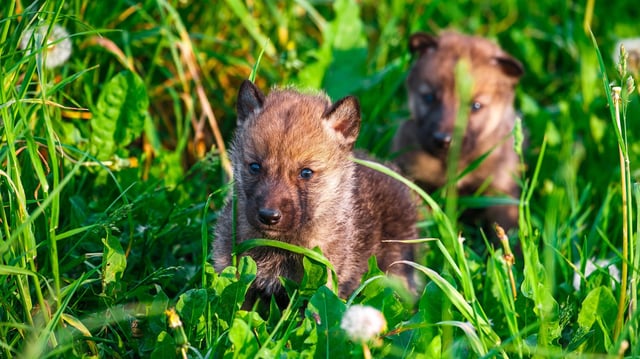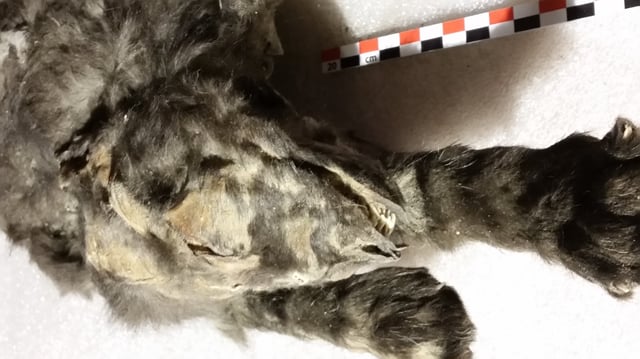Overview
- University of York–led genetic analysis shows the two siblings belonged to an extinct Late Pleistocene wolf population unrelated to modern dogs
- Dental wear and chemical fingerprints indicate the cubs were seven to nine weeks old when a landslide collapsed their den and entombed them
- Gut contents reveal an omnivorous diet of woolly rhinoceros meat, small birds and plant remains from a diverse Ice Age ecosystem
- Evidence of woolly rhinoceros in their last meal suggests Pleistocene wolves hunted larger prey, implying they may have been bigger than today’s wolves
- Despite being found beside human-processed mammoth bones, there is no direct link to humans, leaving the origins of dog domestication unresolved



